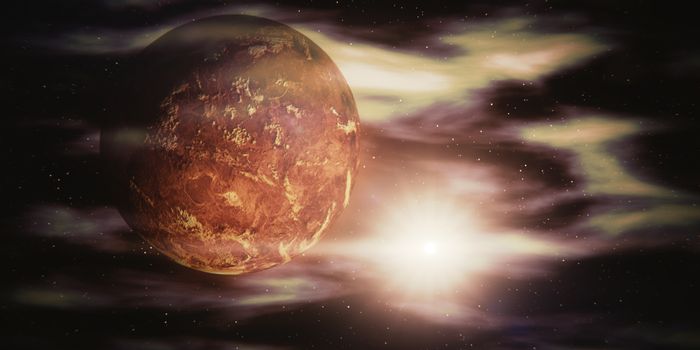Commonly known as manic-depressive mood disorder, bipolar disorder is characterized by the dramatic shift in a person's mood, energy, and activity levels. From the highest of highs to the lowest of lows, mood changes in bipolar Type I are intense and severely impede daily functions. For bipolar Type II, depressive and hypomanic episodes can be as equally debilitating.
Bipolar disorder tends to run in families, suggesting a genetic component to the risk. However, no single gene has been identified. Rather, scientists think a many genes and environmental factors may act in concert to manifest the disorder.
Approximately 5.7 million adult Americans have bipolar disorder, making it one of the most prevalent psychiatric conditions. But despite this high incidence rate, the disorder is still shrouded in stigma and shame, like many other psychiatric conditions. With more and more people, including celebrities like Demi Levato, revealing their own diagnoses, perhaps we can increase awareness for this condition and come up with better treatments.








